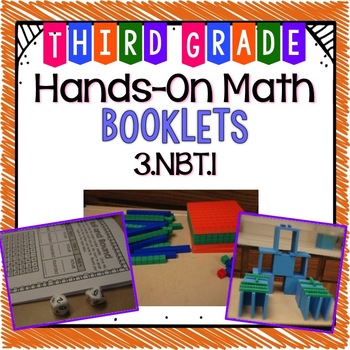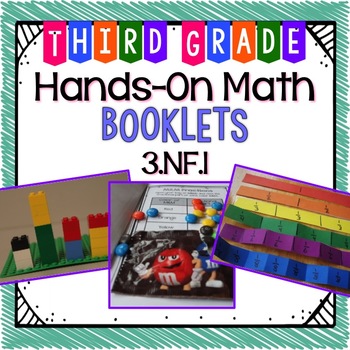Thanks for stopping by. We have made it to chapter 6 in our book study on guided math. As we move along, I am getting more and more excited about my journey this year. It will be a big change for me, but it is a much needed change. So let's get started.
Within each of these components there are various options.
When we last me, we discussed grouping and assessment. That logically leads into our lesson. We cannot create our lesson if we don't have the other two in place. We first need to know who needs what. Once we have that, we start designing the lesson.
Today's topic is the framework for the guided math lesson - in other words - we can't go in blind, we have to have a plan in mind. When thinking about that plan, we need to keep a consistent framework in mind. The suggested framework has three parts, and is as follows:
- Presenting the mini-lesson
- Student practice
- Share time
Within each of these components is where teachers can differentiate by need.
Question One: Because I have not taught a guided math lesson yet, I am pretty open right now. I have looked at many different templates for lesson plans, but have not selected one yet. I think I am going to have to take some components from various ones and create my own.
Question Two: Well, I have taught lessons at each of the different levels depending on my students' needs. With each one I first try to draw on any prior knowledge or help build some. Students need to make some type of connection to the lesson or concept.
With concrete lessons it is vital to have some sort of manipulative that students can put their hands on. This summer I ran across a wonderful product on TPT from Ashleigh's Education Journey. She has created some hands-on math units for third grade - just what I need!!! They are connected to the Common Core too.She has them broken down by unit, or you can get them in a big bundle. Well, guess which one I bought???

These are amazing. She uses them as centers / stations, which is how I think I will be using them. If you want to take a peek, she has a couple of them as freebies:
The pictorial stage is just a little above the concrete. Students are working with pictures to represent the problems - just like it sounds. Many times I have used task cards or even Smartboard activities to do this. both activities give students the opportunity to see a visual representation of the problems, as well as the opportunity to move if you have set it up that way. Anchor charts are also a fabulous way to provide a pictorial representation for students.
Finally, the abstract lessons. These are mostly the traditional lessons. They could include basic worksheets, verbal problems, anything that does not include a visual representation. I think it is important to include these because that is ultimately how students will have to face them on standardized tests, and they also let us know if the students know the concept at a more in depth level. Wow! This type of lesson sounded so boring!! I assure you, it is more in how I described them more-so than how they have to be. You can be just as engaging at this stage as you can be with the others - and it is important to do so.
Here are some task cards that I created that are more abstract to practice or review the skill of rounding.

There it is in a nutshell. Be sure to stop by the other blogs to see their thoughts on guided math lessons.










I love Ashleigh's products too. Sadly, I can't use as many of her products since I moved down to 2nd. I think that the Common Core really encourages us to teach the concrete, pictorial, and abstract representations so that students are able to explain why the algorithm works.
ReplyDeleteThe Traveling Teacher
She is wonderful. I wish I had half of her creative mind.
DeleteYes, common core does make us reach each stage. I think they are really pushing us to go more abstract, but we all know you have to meet the other 2 before getting there.
Your students will totally be immersed in learning and reinforcing skills at the concrete level with that purchase from Ashleigh. What a great resource! Sometimes I say, "Now why didn't I think of that?!?" When students represent math pictorially, it helps them to own the learning. Hopefully with experiences at the concrete and pictorial levels our students will be able to successfully transition to the abstract level expected by CCSS (other state standards).
ReplyDeleteI hope you find a lesson plant template that works well for you. It's exciting to read your posts as you talk about beginning your guided math journey this year. I look forward to reading your future posts. Thanks for sharing some resources as well!
ReplyDeleteSmiles,
Sarah